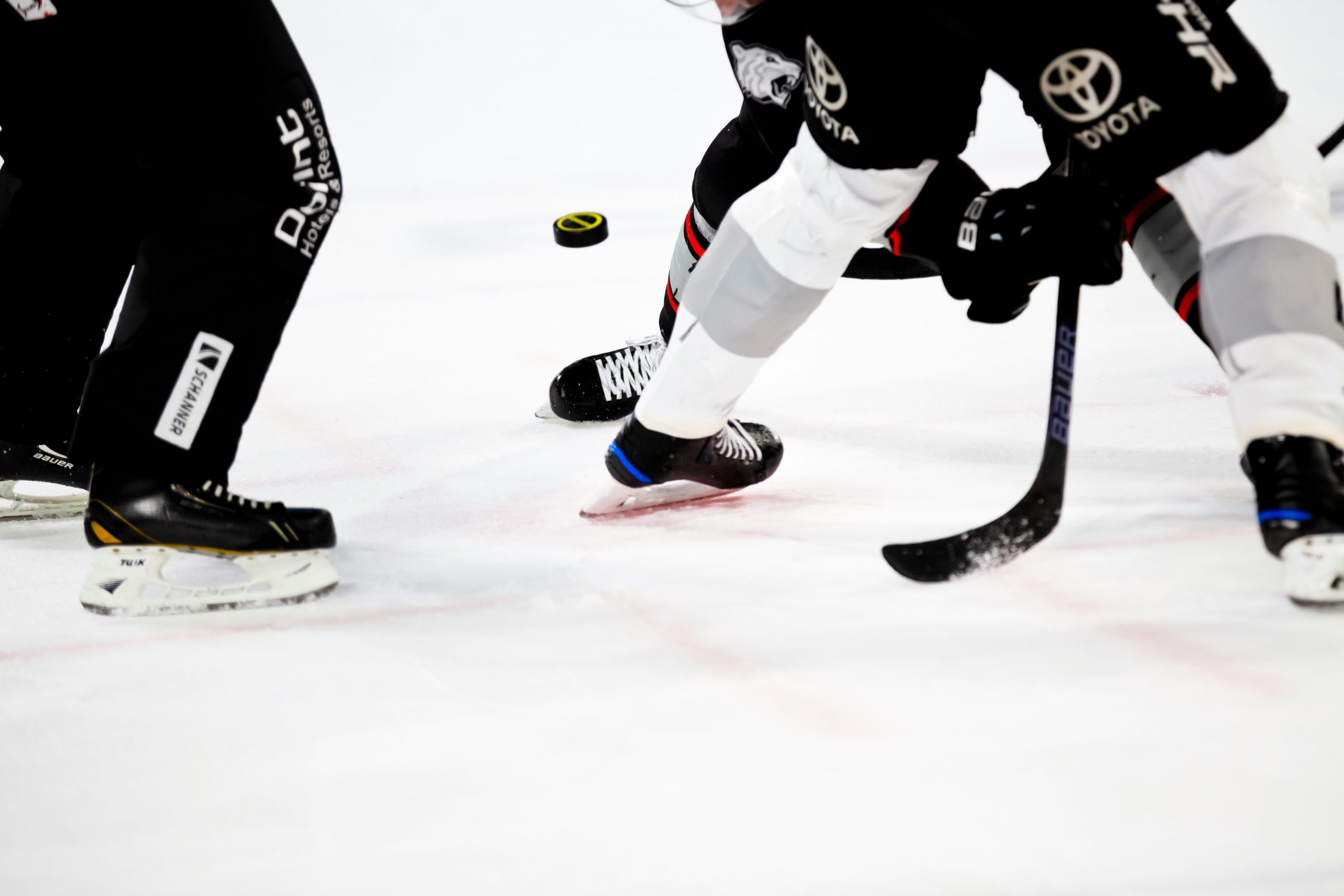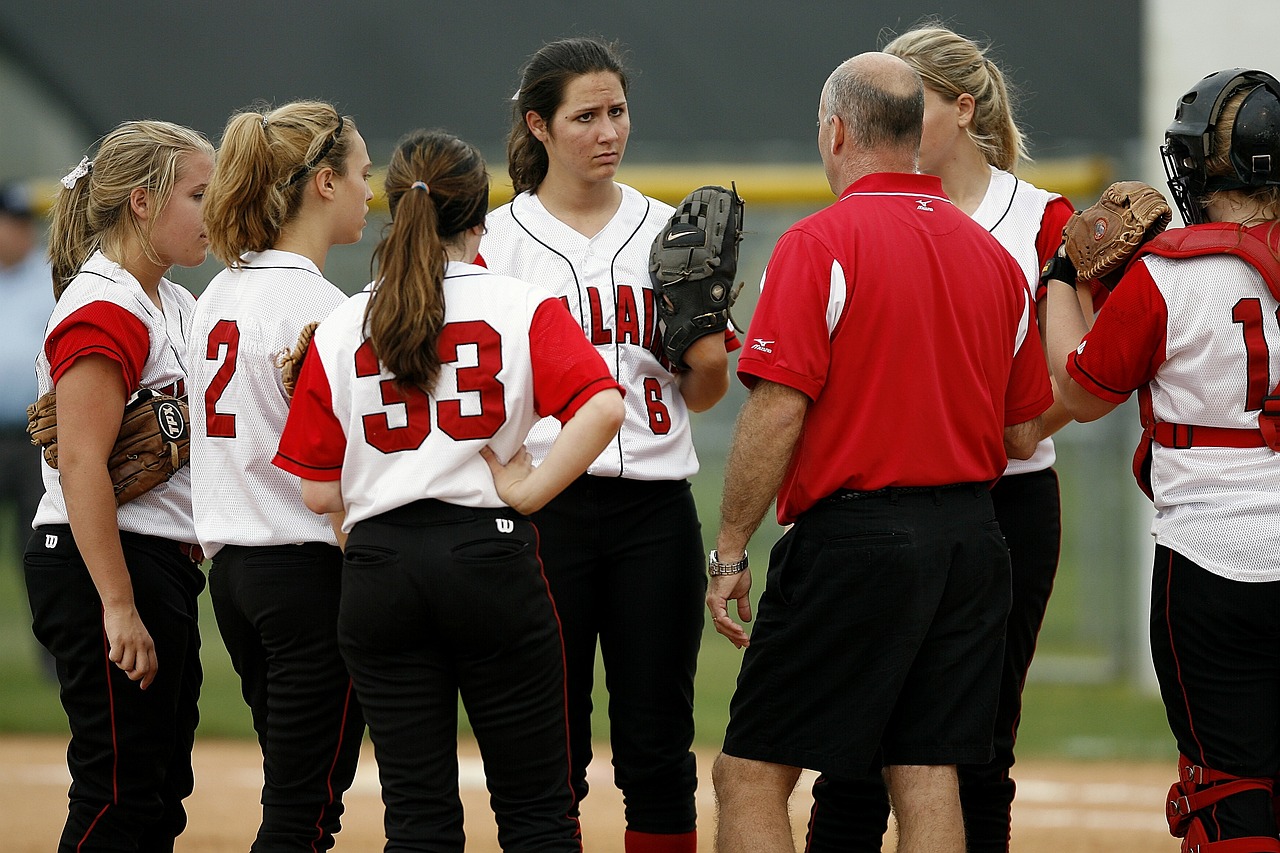3 High Performance Athletes’ Perceptions of Safe Sport Mechanisms
Eric MacIntosh
Alison Doherty
Themes
Developing frameworks to ensure clear communication and enforceable policies for athlete safety
Fostering athlete-centred team and sport culture
Enhancing safe sport principles in training and development for coaches
Learning Objectives
When you have completed this chapter, you will be able to:
LO1 Outline what Canadian high performance athletes perceive that organizations and the sport system are doing to address unsafe sport;
LO2 Explain the role of culture in perpetuating, and changing, unsafe sport;
LO3 Describe what high performance athletes in Canada believe can be done to promote a safer sport culture; and
LO4 Design a multi-pronged strategy for changing the unsafe culture of high performance sport in Canada.
Overview
This chapter draws from our research on high performance athletes in Canada and how they experience unsafe and safe sport. We focus on what the athletes perceive that national sport organizations, and the sport system as a whole, have been doing and what they should be doing to move towards and sustain a safer sporting environment. We share the voices of athletes through quotations that illustrate the main themes that include the existence of communication and policies that support safe sport, yet the need for truly independent third-party reporting and greater accountability, an athlete-centred team and sport culture, interactive safe sport education, and coach development.
Key Dates
A Culture of Maltreatment
Safe sport is on the minds of many stakeholders across the sport sector in Canada and abroad. The number of stories regarding maltreatment, in the Canadian sport context continues to mount. Maltreatment is defined as abuse and neglect which constitutes many types of physical, psychological, emotional, sexual forms of harm.[1] Sport leaders from government, national sport organizations (NSO), provincial and territorial sport organizations (PTSO), University Sport and club-based sport are grappling with what has come to light as a long-standing problem of normalized abusive behaviour, amidst increased pressure and calls for change.
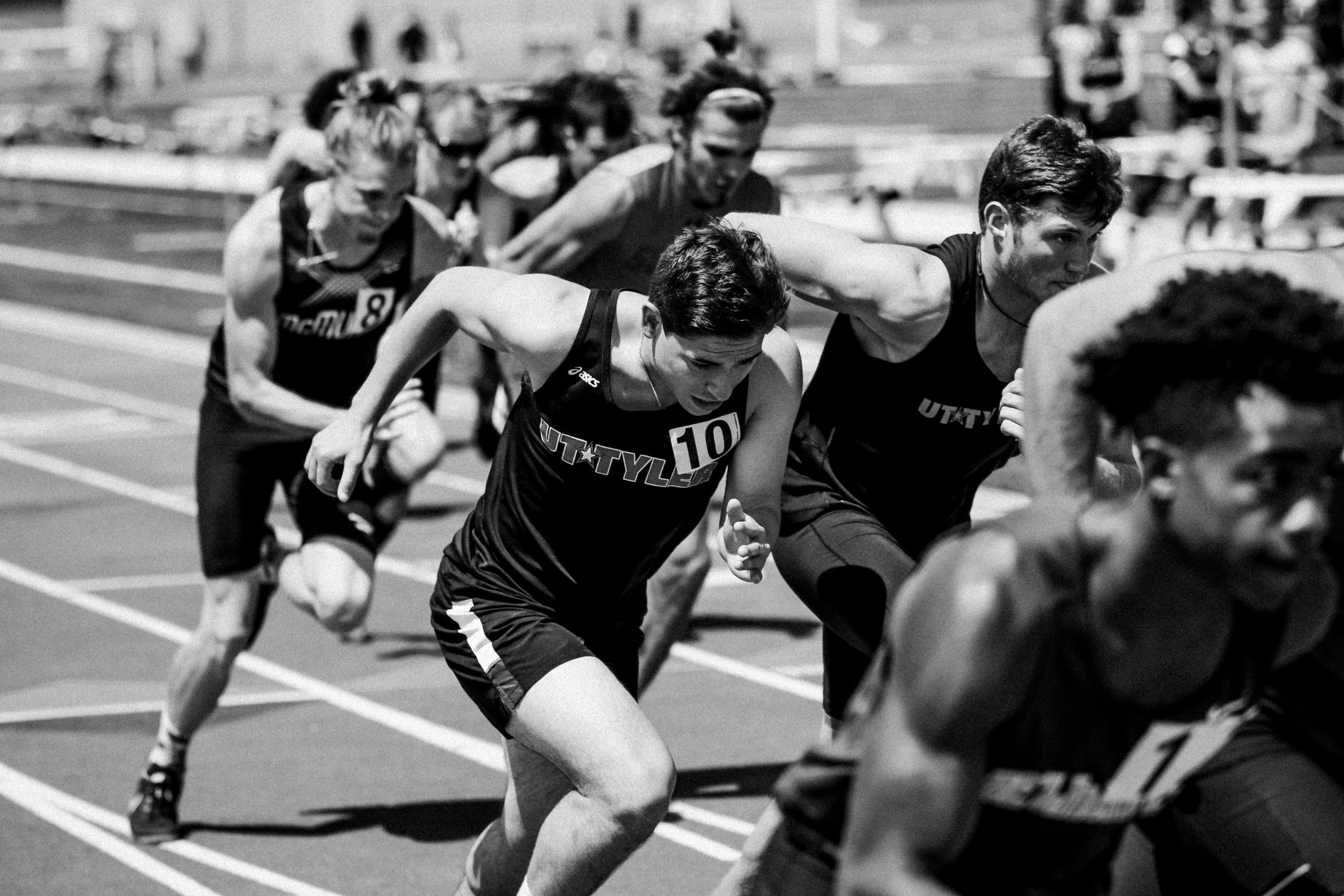
The increased evidence of athletes at all levels of the sport system suffering from various forms of harm (e.g., physical, emotional, psychological, sexual) is being responded to through the creation of policies and government initiatives (e.g., the Canadian Safe Sport Program, formerly the Office of the Sport Integrity Commissioner). However, it is essential to address the culture – or shared values and beliefs – underlying unsafe sport in order to effect meaningful and sustainable change.
The concept of culture, though often misused in a colloquial manner, is a phenomenon that helps understand, and address, maltreatment in sport because it reflects shared, often strong, and pervasive values that underlie actual behaviour, including maltreatment. Research on culture confirms that changing a culture is complex and nuanced. As culture develops and strengthens over time, it evolves into ‘the way of doing things.’ Herein lies the problem in that, if a culture is not challenged to change, it will be perpetuated.
A culture of maltreatment has become normalized in sport, and so there is a need to unpack this culture in order to normalize positive behaviours and practices. People shape culture as they bring their ideas and ideals on what matters or what works best. If left unchallenged, unhealthy behaviours can be perpetuated in the form of unsafe sport conditions seen in Canada.
Although challenging these behaviours can be uncomfortable, doing so allows change to be realized. Thus, it is important to understand the experiences and perceptions of those who live the high performance sport culture as a critical step towards changing that culture. Understanding what athletes experience and how they feel culture can and should change is critical to reframing the reality of unsafe sport that many athletes continue to experience.
In the News:
Toward a Safer Sport Culture

“’I feel (un)safe when …’: What athletes have to say about high performance culture” by Eric MacIntosh, Shannon Kerwin and Alison Doherty, The Sport Information Resource Centre, July 25, 2022.
“Federal government launching commission to probe systemic abuse in sports” by Ashley Burke, CBC News, December 11, 2023.
“Minister Duncan Announces Support for Sport Organizations to Address Harassment, Abuse, Discrimination and Maltreatment in Sport” by Canadian Heritage, May 21, 2019.
Athletes are increasingly speaking out about the unsafe environment of high performance sport.
With a culture lacking respect, support and accountable systems, athletes have struggled to report incidents of abuse, harassment, discrimination and maltreatment in sport. This silence has allowed abusive behaviour to become normalized, perpetuating an environment where athletes feel vulnerable and unsafe. These headlines confront this entrenched culture of normalized abusive behaviour at a time of mounting pressure, with athletes calling for change. Explore these news stories to understand some of the instances where athletes have felt unsafe and the calls to action to create a safer sport culture.
Our research on high performance sport culture offers insights to the athlete perspective regarding what organizations are doing versus what athletes feel needs to be done for change in the sport system. These insights help to illustrate perceived efforts to shift the culture of high performance sport and, in contrast, athletes’ perceptions of what would support the most impactful and sustainable culture change.
We interviewed 28 athletes in the high performance sport system from across the country regarding their experiences and perceptions of safe and unsafe sport.[2] The athletes, 11 who identified as male and 17 who identified as female, from 21 summer and seven winter sports, were asked to describe what their sport is doing to address maltreatment and what they feel their sport organization and the sport system as a whole should do to enact meaningful change:
- What does your NSO do to promote safe sport (and address unsafe sport)?
- What should your NSO, and the sport system as a whole, do to promote safe sport?
The findings we share here are part of a larger project on safe sport culture in Canada that includes the perspectives and voices of athletes, coaches and administrators.
We share the athletes’ perceptions of unsafe sport briefly here, as an important foundation for their perceptions of how unsafe sport is and can be addressed. Our findings show that high performance athletes described feeling unsafe – vulnerable, fearful and intimidated, devalued, mistrustful, isolated – when:
- Coaches behave inappropriately, described as overstepping boundaries, blurring lines, gatekeeping resources, using overly aggressive language and training techniques, being uninformed and outdated in their sport-related knowledge, and being exclusionary.
- Teammates and fellow athletes behave inappropriately, described as being exclusionary through language and social tactics, and overly aggressive (physically and emotionally).
- There is a lack of resources that create insufficient ancillary support, including medical and paramedical (e.g., physiotherapy) support, psychological support, and financial support; also insufficient equipment, and sport regulations are not upheld.
- The sport system is inattentive to athlete concerns about maltreatment, with limited recourse for complaints, compromised confidentiality, and lack of accountability and action.
These behaviours and practices appear to reflect a culture of underlying values that have been taken too far, including autonomy (too much independence), authority, meritocracy or rewarding the best, and drive (to excel). Although these values are often celebrated, and perhaps particularly in high performance sport, when taken too far they appear to underly many of the issues athletes are experiencing related to maltreatment.
What Has Been Happening in Canada to Promote Safe High Performance Sport? The Athletes’ Perspective
Four themes are evident from the athlete interviews regarding what their sport, and the high performance sport system as a whole, are doing to address maltreatment and promote safe sport. In the following section, we look at the details of each of these four themes more closely:
- Communicating about safe sport;
- Establishing safe sport policy;
- Implementing athlete accountability requirements; and
- Launch of reporting mechanisms.
Communicating about safe sport
The athletes shared that quite a bit is going on in the sport system to communicate the importance of safer sport and the various means that stakeholders may address maltreatment. They described a variety of content being circulated, that ranges from information about maltreatment in general – “what to do if something is wrong” – and more specifically about eating disorders, drugs in sport, and media training for safe interactions. Athletes also described communication that is specific to handling safety issues in their own sport.
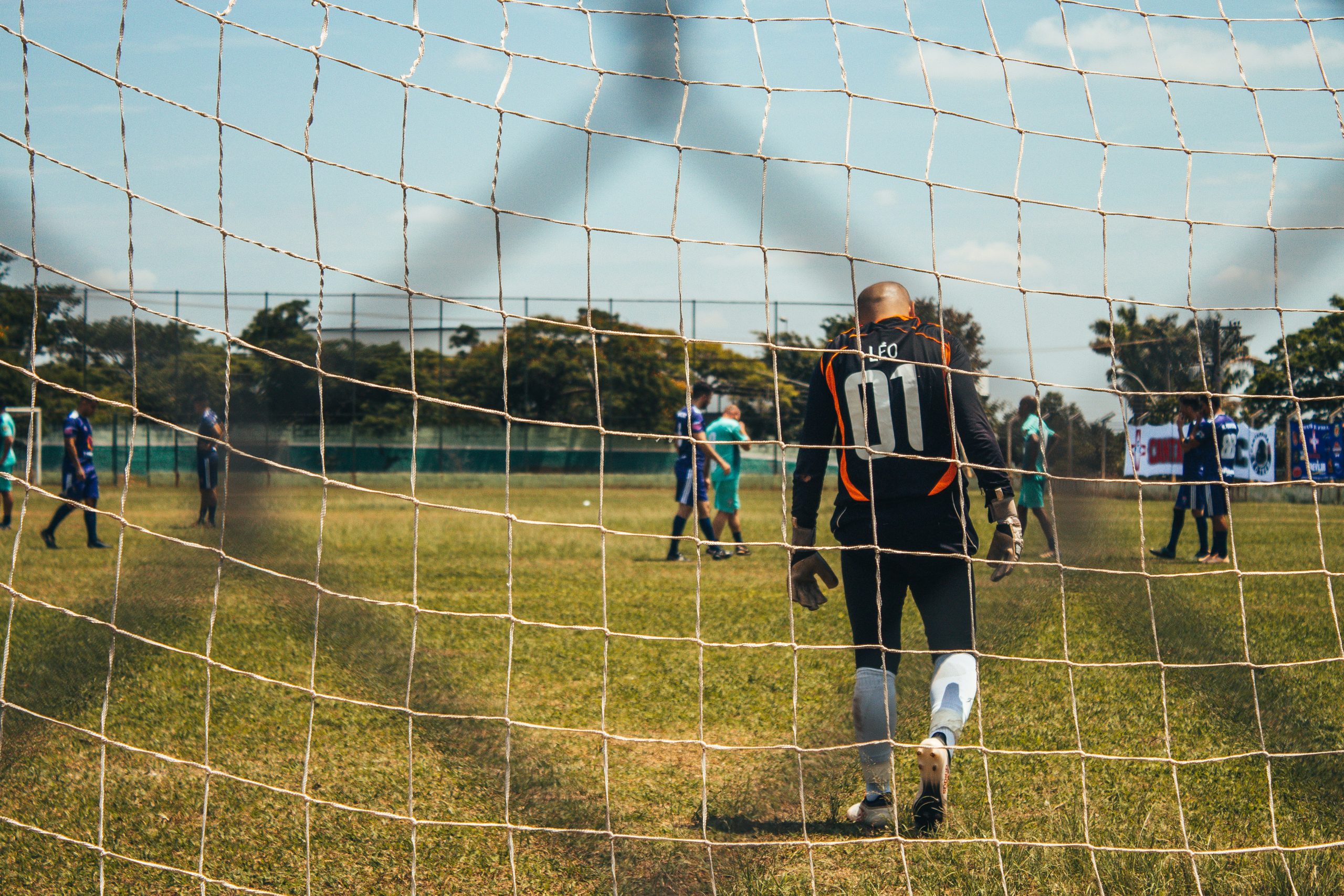
Overall, athletes noted increased communication regarding the importance of safe sport and, in particular, that their organizations were promoting the Office of the Sport Integrity Commissioner through various informal discussions, listing information on their website and some social media posts. They noted that there are regular updates about the unsafe sport reporting system in Canada, and a recent focus on athlete mental health in particular.
“I guess that the organization, in their communications to us, whether it’s via emails, or like Facebook posts, or Instagram posts, things like that … they spread the word.”
“Just getting the information out there, I think is a huge part of safe sport, and knowing what’s wrong and what’s right and what you can do if you do see something going wrong.”
“I think that it’s supporting athletes, mental health is a huge thing. This is absolutely massive for me. And it’s, I’ll be honest, it’s not as widely accepted, … we’re kind of getting past that stigma. You know, like if someone has depression it’s not like what’s wrong with you it’s more supportive.”
In all, the athletes described a range of information and resources that are shared with them through various communication efforts – both formally and informally – in support of a safer sport environment. They are very aware of efforts in the sport system to communicate information regarding safe sport.
Establishing safe sport policy
The athletes also noted that their sport, and the sport system as a whole, have been working on making things better through updated safe sport and related policies that are “covering all things,” including harassment and privacy. As one athlete described:
“There’s always been a harassment policy and privacy policies out there. But I think there’s been more and more effort to, first of all, make sure that people are aware of those and highlighting them, [and] ensuring that they’re updated and covering all the things they need to cover.”
According to the athletes, key stakeholders – including coaches and other athletes – are generally aware of and following these policies.
Video 3.1 From the Front Line: Athlete Experiences – Allison Forsyth, OLY – 2023 Safe Sport Forum
Video provided by Dr. Julie Stevens, Conference Chair, 2023 Safe Sport Forum, Centre for Sport Capacity, Brock University. Used with permission. [Transcript]
Implementing athlete accountability requirements
In addition to information and policies intended to address maltreatment and uphold safe sport, the athletes noted that they are expected to do their part to ensure a positive high performance environment. They must complete specified safe sport educational courses and training to be eligible to receive “carding” money, which is funds allocated to high performance athletes who have been designated by their sport for financial support from the federal government. As one athlete described it:
“[We are] having a number of conversations in those [safe sport] areas with athletes and that’s part of our national team. You know, to get your carding and to be affiliated with the national team centre, you have to talk through those seminars and presentations.”
Launch of reporting mechanisms
Finally, athletes described two mechanisms for reporting maltreatment: One is a formal process that is supported by a confidential help line, reporting to a third party, and arms-length counsel if needed. Another is an athlete representative to whom an athlete can take any concerns to the management and/or board of their NSO in attempts to solve issues. The athletes also described a more informal reporting mechanism which is characterized by the opportunity for open dialogue with senior leaders in their sport about individual experiences or maltreatment in general. A national team athlete representative, or senior athlete, was considered an important part of this more informal mechanism:
“She’s a really good advocate for safe sport and the safe environments and everything. So, she is always open to, if we have a problem, she’s like, ‘come forward; come talk to me about it. I’ll deal with it and try to figure out who to tell, to help with it’.”
But…
Despite the existence of these practices in the Canadian high performance sport system, athletes further shared that the communication efforts and reporting mechanisms are generally reactive, more token than authentic with regard to addressing the problems, and with few consequences for omission or failure.
The following quotations provide rich insight to these perceptions:
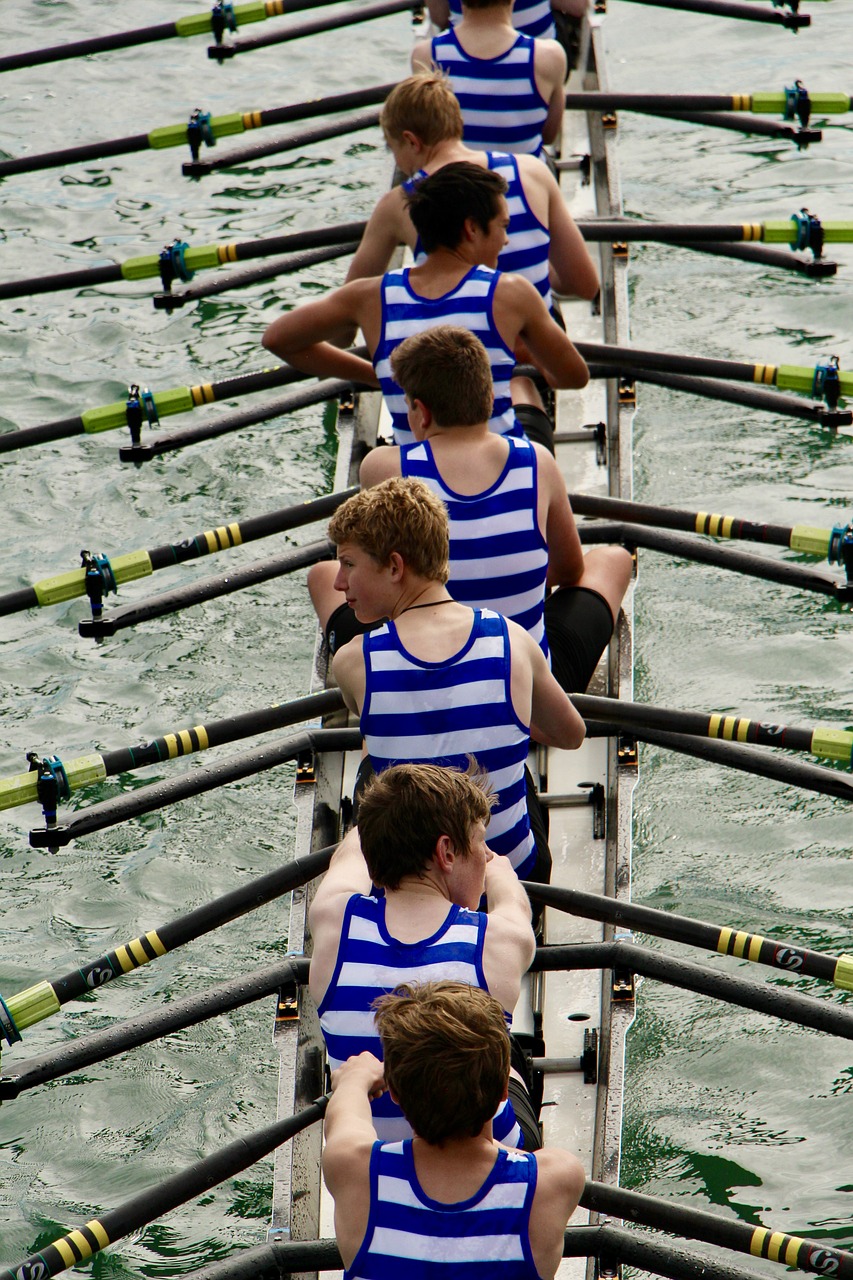
“But it was more political answers and meeting with relatively vague answers rather than super useful. And [there weren’t] concrete timelines on when things are going to improve. So, I left that meeting feeling pretty bought in and feeling like, ‘okay, we’re good; it’s gonna be all set.’ And then now it’s been about a month later and nothing has changed.”
“In the last 12 to 18 months, I would say it [safe sport] has really come to the forefront. [However] I would say it was more reactionary than proactive. And maybe more tokenistic than authentic… I really do hope that these issues are taken in the most serious way and that it’s not only when an issue arises that people have that reaction and freak out and decide that something needs to be done.”
Athletes also expressed concern or doubt about the anonymity and arms-length of the reporting mechanisms. As one athlete shared:
“I was hesitant to go through it [third party] because it literally had the name [of the sport organization] on it. So I think for a lot of athletes to actually take steps to, you know, feel comfortable doing something, it needs to be fully independent from the sport organizations, like it needs to be its own independent thing.”
Overall, there was widespread acknowledgement among the athletes that their sport, and the sport system as a whole, are starting to respond to the crisis of maltreatment through increased communication, relevant and updated policy (including holding athletes accountable themselves), and reporting measures in place. Yet, despite the presence and visibility of these safe sport mechanisms, the athletes expressed concerns and doubt about the safety in these very practices and their potential to make the change needed to shift high performance sport to a safer sport culture. They spoke next about what they believe is needed for meaningful and sustainable culture change.
Self-Reflection
-
Have you experienced or witnessed maltreatment in sport?
-
What did that look like (physical, psychological, neglect, emotional, sexual)?
-
How did it make you feel? Did you experience any of the feelings addressed in the chapter (e.g., vulnerability, fear, isolated, devalued, mistrustful)?
-
Did you (or someone else) report, either formally or informally (told someone)? What action, if any, was taken?
-
What current or recommended practices reported by athletes were, or would have been, helpful in this situation?
-
What could the leader in that situation have done to address the concern/allegation of maltreatment?
What Should Be Happening in Canada to Promote Safe High Performance Sport? The Athletes’ Perspective
Six themes about what athletes believe their sport and the Canadian sport system as a whole should be doing were evident in the interviews. In the following section, each aspect of what athletes believe is fundamental to a safer sport system is considered:
- Building an athlete-centred team/sport culture;
- Demonstrating greater accountability for policy non-compliance;
- Supporting an independent third-party reporting system;
- Providing interactive safe sport education;
- Promoting coaching development; and
- Ensuring coach protection.
Building an athlete-centred team/sport culture
Athletes called for a better and stronger team culture, and broader high performance sport culture, founded on athlete-centredness. They described this as an environment of mutual respect among all stakeholders – athletes, coaches, administrators support, and understanding, with a particular focus on athletes feeling listened to, and heard. As one athlete described it:
“Every time an athlete speaks up, they’re taking a risk with their career. So, believe athletes when they speak up because, like, they have so much to lose, and they are still choosing to speak up, which means its important.”
The athletes also emphasized the need for a more balanced approach to sport, where each athlete is recognized as a whole person and not just a body and mind preparing for high performance.

“When all the athletes really need you, isn’t when all the cameras and TV are on, you know, it’s when almost nobody wants anything to do with you because you haven’t performed to the best of your ability, when the athlete doesn’t want to talk to anyone because they’re, like, mad at themselves, ‘oh man, I could’ve done better.’ You know, especially at those bigger events where you kind of just need a hug, or something like that, but when you look around and literally know, everywhere, all over, just congratulating whoever’s performed better.”
“Just supportive and there to help you without criticizing or judging your needs or anything like that.”
Another athlete described that “promoting healthy team culture from the get-go is really important.”
Building a better and stronger team and sport culture also includes, according to the athletes, intentionally dismantling the current unsafe aspects of high performance sport. One athlete called for:
“[A] need to talk about some of the culture of our sport… and some of the practice situations that people found themselves in and having discussions ‘bout, ‘okay, is that something that is safe or is it something that has just been part of our culture that we’ve accepted for a really long time, that is not appropriate anymore?’”
A few athletes commented specifically about the need to eradicate “the negatives of locker room talk and lack of confidentiality in team culture”:
“It can be kind of daunting… you know; that locker room talk is not great, in a sense, and they should kind of promote less of that and kind of more inclusive environment for athletes.”
Video 3.2 Towards a Safer Sport Culture: Management by Values – Dr. Eric MacIntosh – 2023 Safe Sport Forum
Demonstrating greater accountability for policy non-compliance
The athletes acknowledged that their sports have up to date safe sport policies in place and that high performance sport stakeholders are generally aware of and following policy. But they also perceive that these policies are not prompting action to deal with maltreatment and promote safe sport.
They believe there is a framework in place for taking action – for recognizing that “Where there is smoke there is [probably] fire” – and so policies and related procedures should kick in automatically. Athletes would feel empowered to speak up when they believe policy will be followed, and consequences for non-compliance will be implemented.
The athletes had several things to say about policy implementation and greater accountability for non-compliance:
“They do promote safe sport, but they don’t follow what they’re saying. So like, yeah, it’s good. You have all the rules right now, but you don’t follow them. And I think that’s where the problem kind of stems from.”
“I’ve been in situations where there would be abuse happening, and all the adults in the building would be watching it. But no one would step forward and help the athletes.”
“I’ve read them. We have to do the same…, like, modules online every year, and all the different components of it on paper seem really good. But whether those policies are followed through with or followed at all, it’s like, it’s hard to say!”
“I guess, just, the organization knowing that if there are red flags like that, to take it seriously, because I’ve had in the past coaches that have gotten red flags, they get slapped on the wrist to do like a two-month course, which they joke about after and then that’s about it, you know. They’re just kind of too high up.”
Ultimately, it was critical to the athletes that accountability be emphasized in order for meaningful culture change:
“Accountability, I would say, in all its forms. Making sure that issues are being taken seriously, that there are reporting measures in place that people at all levels – individuals, the athletes on the ground, the coaches, the administration, staff, everyone that’s revolving around that sport environment is accountable. And that if an issue arises, that there are appropriate kind of channels to go through. And that it is being dealt with in order to… mitigate issues from happening.”
The athletes expressed an overall concern for stakeholders understanding and knowing the rules while, most importantly, following through on the new policies in place. That athletes were wary about whether or not sport leaders would in fact have meaningful sanctions in place to maintain the promise of accountability and transparency is a telling feature of the current day sport system. Mistrust about being protected seems to be the general feeling from the athletes we spoke with.
The athletes called for clear and meaningful accountability around safe sport policies as they perceive that procedures are not necessarily followed and non-compliance is waived off. So, it may not be surprising that they also supported a more rigorous – and especially independent and confidential – reporting system for sharing and responding to issues and allegations around maltreatment.
Concerns about confidentiality were noted earlier as a limitation of existing reporting systems: “it needs to be fully independent from the sport organizations, like it needs to be its own independent thing.” This is the nature of a “truly autonomous system” that athletes are calling for. Athletes would have greater confidence that the third party would empower them to:
“Submit that feedback… where [the third party would] say ‘okay, this is feedback and we’re going to take it seriously,’ And maybe ask around with other athletes, ‘Hey, is this something you’re finding too?’”
Providing interactive safe sport education
 In Practice:
In Practice:
The Coaching Association of Canada
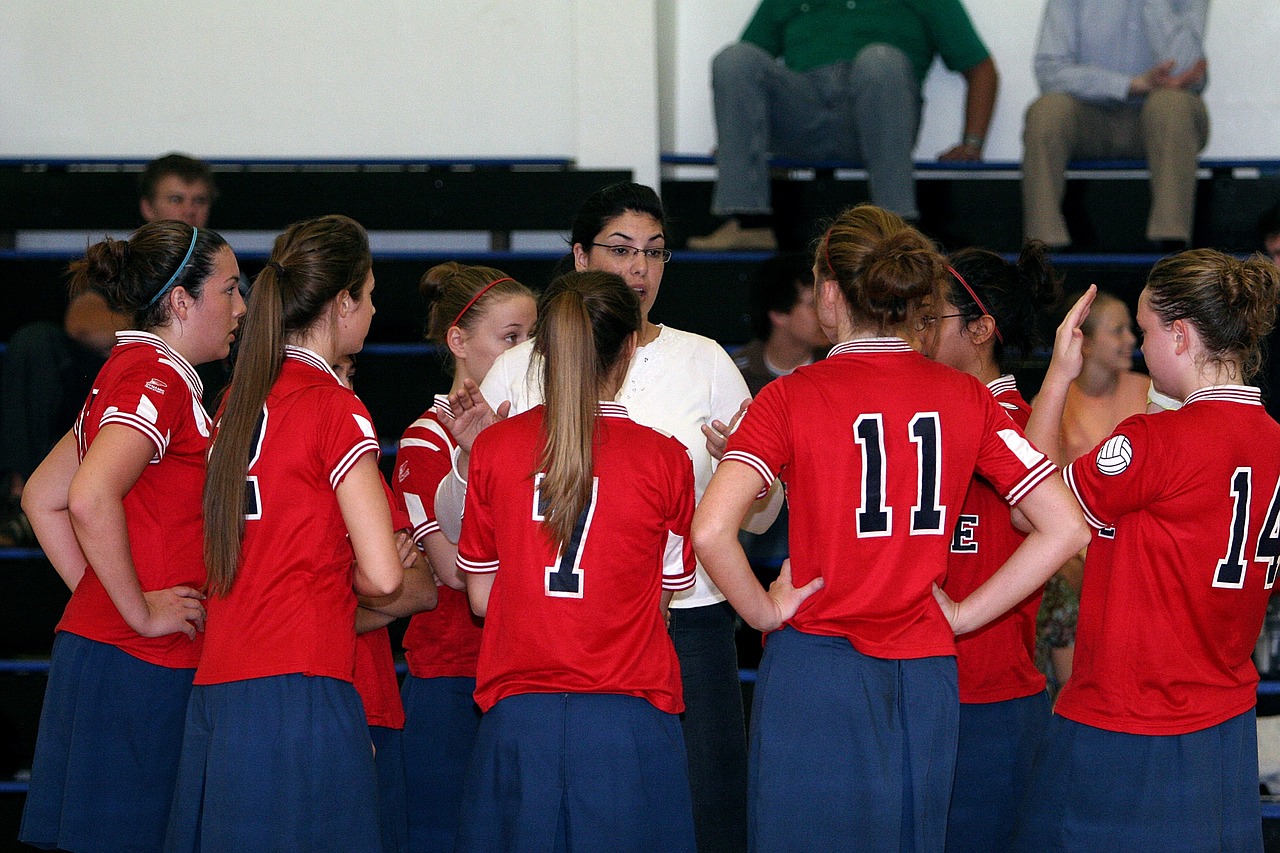
Safe Sport Education has been a focus of efforts by the Coaching Association of Canada to ensure coaches understand what is accepted practice and what is not okay in the forms of maltreatment like bullying, harassment and other forms of abuse.
The Safe Sport Training and the Responsible Coaching Movement are efforts to help Canadian coaches realize their own potential in creating safe spaces for their athletes and their role within creating safe sport environments.
These programs are a part of the Abuse-Free Sport initiative which aligns with the current sport policies that NSO’s subscribe to in Canada (i.e., UCCMS). However, the athletes noted a need for more ‘interactive safe sport education.’
The athletes particularly called for more effective safe sport education, for all stakeholders – including officials, parents and athletes’ supporting groups.
“Educating young athletes, with their parents involved, I think it would be very, very useful because you get in a situation where you’re, the team is travelling and you got 16 year olds with you… I started travelling internationally when I was 16 years old. And you’re surrounded by this group of people that you don’t really know anymore, or you don’t know at all. So educating people from a development level of ‘this is what safe sport looks like’, maybe would help the athletes be more robust and stand up to people who are running these organizations and, and to be honest with you, the athletes are just scared.”
Relatedly, the athletes called for education that focuses on athlete development, including distinguishing right from wrong training methods, and effective communication with athletes at different stages. Safe sport education, too, should adopt an athlete-centred approach where the needs of the athlete as a whole person are understood and ultimately incorporated in all aspects of high performance sport programming.
With perhaps keen insight, the athletes also called for more creative education delivery. They believe it should be more dynamic, and individualized where possible, for greater impact:
“So, I think doing more things that are hands on where, like, we can actually relate to the situation rather than just somebody blabbing about in front of a room and just telling us about it, but not really showing us. Like, I’m a visual learner, and I like to learn, like, hands on, rather than just somebody talking to me at the front of a room.”
With a view to prioritizing education and what increased understanding can mean for greater accountability, one athlete summed up the call for more effective education:
“Education and awareness [is] everything. Takes funding… but putting money into research and education, making sure that, from top-down, bottom-up, coach education, but actually education. Athletes need to know what is normal, what is expected, what is right. Coaches need to know, in their role, what is normal, expected, and right. I’m starting from consent, all the way up to relationships and power dynamics. Everything. That should be embedded within our sports system.”
Counterpoint:
Cash, Culture, Change
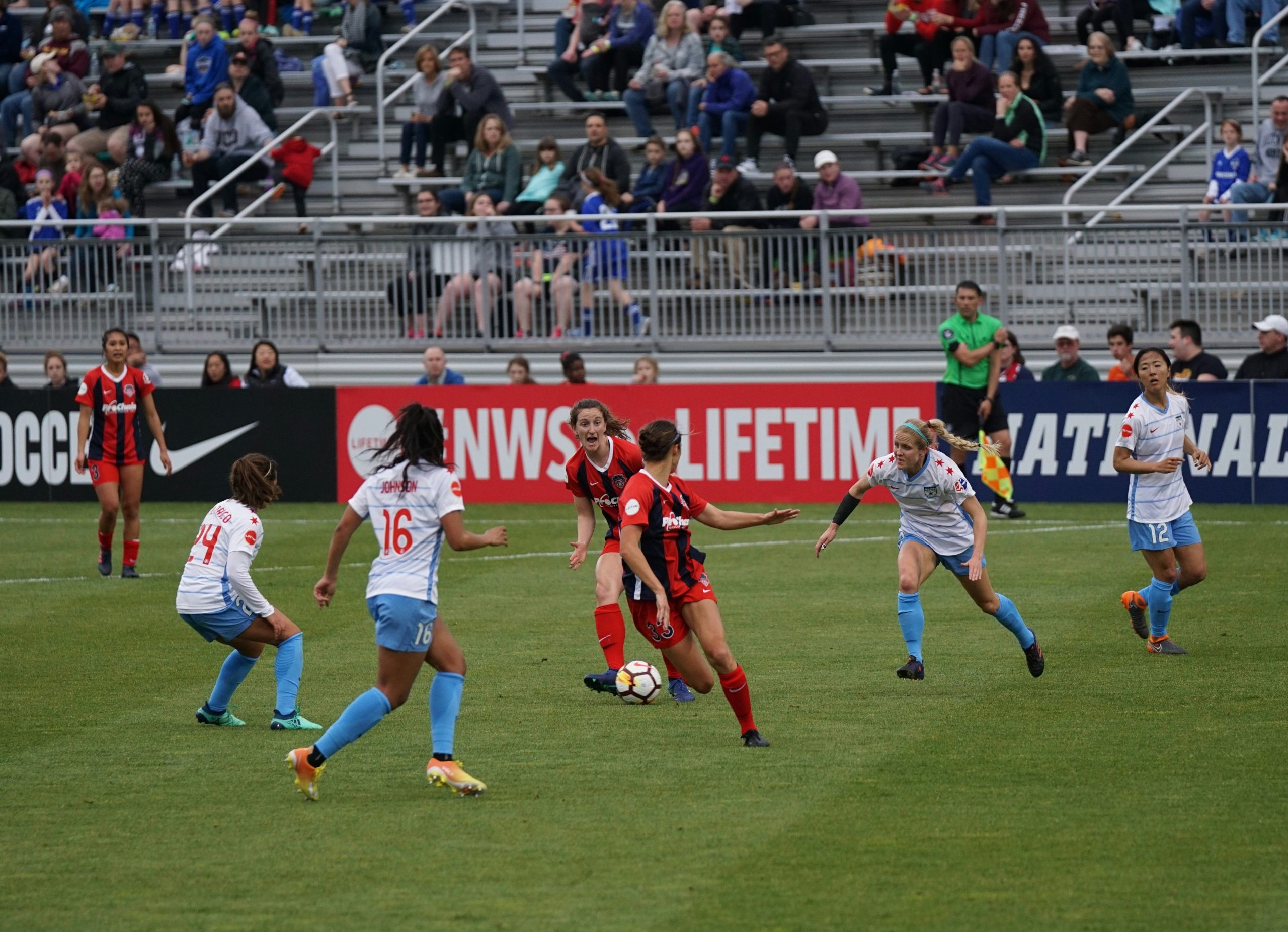
While it is clear that an increase in funding has the potential to help sport organizations in their capacity to handle a variety of objectives, it does not directly address the fundamental issue of understanding why maltreatment behaviour is occurring in the first place. Culture is about the values and beliefs that influence the choice of behaviours. Having more money in the system may only support further high performance objectives and a win at all costs focus, and do little to address the attitudinal and behavioural issues that plague sport.
Money is important to operational issues in sport and is certainly needed to increase ancillary resources in support of athlete health and wellness, but can it actually change maltreatment behaviour?
Supporting coaching development
Although the athletes called for better safe sport education for all, they also focused on improved coaching development around emotional intelligence and modelling open and respectful communication. Athletes see coaches at the core of their sport experience, which means they are also at the core of maltreatment in sport. Attention to coaches’ emotional intelligence was highlighted as critical to their better self-awareness, empathy with others, and recognizing the impact of their actions.
The athletes gave several examples of how focused coaching development could address some of the major issues in unsafe sport, and thus would be a critical step towards a safer sport culture:
“The biggest one that, that I’ve sort of experienced is the focus on women’s dietary health. I think, honestly, that the coach shouldn’t directly confront the athlete in regards to that.”
“Part of it is, I think, is really getting to know the athletes and listen to their concerns. Like, you know, if you have athletes that come and aren’t feeling well today, don’t push them to practice. It is okay to go home… being aware that it is okay to miss a practice and rest and become mentally okay or physically okay before coming back.”
“From the athlete standpoint, it makes you not feel safe or respected or supported when a coach goes beyond, I guess, the lines of your performance and more so into your actual life, the decisions you’re making, your own autonomy… controlling too many little factors and realizing that… should be out of their control.”
In addition to the call for coaches to be more self-aware of their behaviour, the need for an athlete-centred foundation of coaching development was readily apparent among the athletes:
“I feel like my biggest recommendation, and maybe this is too simplistic, but listen to your athletes. Believe your athletes. Do everything you can to communicate well with your athletes, like both ways, giving and taking.”
Ensuring coach protection
Interestingly, a few athletes also recognized that coaches need protection too, as they are in vulnerable situations where their job may be on the line if their athletes do not perform well. They characterized this vulnerability as systematic maltreatment, where the coach is at the mercy of the sport’s leaders, and thus the power imbalance in that situation needs attention. They called for job security as expressed here:
“I guess job security for one, especially when you look at coaches, and I think coaches have, much like players, a lot of pressure on coaches to perform and succeed as well. Right? So I think, you know, having that certainty in your environment is going to allow you to feel safe.”
“It’s just as important to me that the coaches feel supported and feel safe as the athletes. I think that sport has done a good job in the last few years enabling the athletes to speak up. But in some cases, it’s been at the coaches’ loss and they feel now at risk.”
Summary
Our findings provide an interesting point and counterpoint regarding the athletes’ perspective on what the sport system is doing to address maltreatment and drive culture change and what they think needs to be done better. As a key stakeholder in high performance sport and typically the target of any maltreatment such as neglect or psychological harm, the athletes clearly perceive a need for their sports and the high performance system at large to do more and do better.
The current mechanisms for safer sport culture – communication, policy, athlete accountability requirements, and reporting mechanisms – can be conceived as organization- and system-driven, generally one-way, and reactive. Athletes are not confident that these limited mechanisms are sufficient for addressing the maltreatment – and resulting vulnerability, fear, mistrust, devaluing, and isolation – they have been experiencing. Instead, they are calling for what may be conceived of as a broader range of mechanisms, with action steps for all stakeholders and levels of the sport system, that prioritize athletes, respect, accountability, two-way interaction, and personal reflection and development.
The athletes in our study provided some clear and substantive direction for policy and practice to be accepted, reinforced, and rewarded for meaningful culture change to ‘how things should be done around here.’ Time, and future research, will tell if the high performance sport system in Canada adopts and adapts to the athletes’ recommendations.
Further Research
There are a lot of possible avenues of safe sport research to explore, including examining the perspective of athletes on the impact of policy changes five years after they were implemented; the influence of the new education initiatives on reducing maltreatment; the experiences of those involved in the reporting of maltreatment throughout the process towards a decision; and possibly the introduction of new funding into the sport system to help eradicate long standing issues.
Jurisdictional issues persist and as a result, remain a key challenge moving forward. Ultimately, are any of these mechanisms effecting change in a positive manner?
The role of the athlete representative could also be investigated to determine if this particular role is effective with regard to a shift to a safer sport culture, and why or why not. Ultimately, many of the changes discussed are still fairly new and thus, much has yet to be empirically investigated to determine any substantive effects on eradicating maltreatment.
Key Terms
Suggested Assignments
- Policy Check:
-
Find a sport organization that interests you and go to its website.
- Find the sport organization’s safe sport policy and related resources.
- Read and report to the class. Would you give it a thumbs up or down?
2. Compare and Contrast Safe Sport Policy:
-
Using your sport organization choice from assignment one, compare and contrast with a sport organization from another country and their policy and resources for safe sport.
- What can you learn from the other country’s safe sport approach that could work in Canada?
Further Reading
Gurgis, J. J., Kerr, G., & Darnell, S. (2022). Safe sport is not for everyone: Equity-deserving athletes’ perspectives of, experiences, and recommendations for safe sport. Frontiers in Psychology, 508. 1-14.
Roberts, V., Sojo, V., & Grant, F. (2020). Organizational factors and non-accidental violence in sport: A systematic review. Sport Management Review, 23(1), 8-27.
Sources
Brock University. (2024, June 20). From the Front Line: Athlete Experiences – Allison Forsyth, OLY – 2023 Safe Sport Forum [Video]. YouTube. https://www.youtube.com/watch?v=qmwUcsvd734.
Brock University. (2024, June 20). Towards a Safer Sport Culture: Management by Values – Dr. Eric MacIntosh – 2023 Safe Sport Forum [Video]. YouTube. https://www.youtube.com/watch?v=GS3YuGA6znA.
Burke, A. (2023, December 11). Federal government launching commission to probe systemic abuse in sports. CBC News. https://www.cbc.ca/news/politics/ottawa-independent-mechanism-review-abuse-canadian-sport-1.7054257.
Canadian Heritage. (2019, May 21). Minister Duncan Announces Support for Sport Organizations to Address Harassment, Abuse, Discrimination and Maltreatment in Sport. Government of Canada. https://www.canada.ca/en/canadian-heritage/news/2019/05/minister-duncan-announces-support-for-sport-organizations-to-address-harassment-abuse-discrimination-and-maltreatment-in-sport.html.
Canadian Centre for Ethics in Sport. (n.d.). Canadian Safe Sport Program. Retrieved April 19, 2025, from https://cces.ca/canadian-safe-sport-program.
Doherty, A., et al. (2022, August 28). Fostering a fear-based environment: Coach behaviour needs to change in high-performance sport. The Conversation. https://theconversation.com/fostering-a-fear-based-environment-coach-behaviour-needs-to-change-in-high-performance-sport-188563.
MacIntosh, E., et al. (2022, July 25). “I feel (un)safe when…”: What athletes have to say about high performance culture. The Sport Information Resource Centre. https://sirc.ca/articles/athletes-high-performance-culture/.
Office of the Sport Integrity Commissioner. (n.d.). Welcome to OSIC! https://sportintegritycommissioner.ca/.
Westhead, R. (2024a, February 26). Sport minister wants Hockey Canada to create a public sanctions registry. TSN. https://www.tsn.ca/hockey-canada/sport-minister-wants-hockey-canada-to-create-a-public-sanctions-registry-1.2081130.
Westhead, R. (2024b, March 4). New report says NSOs need $104 million increase in annual funding to avoid crisis. TSN. https://www.tsn.ca/other-sports/rick-westhead-new-report-says-nsos-need-104-million-increase-in-annual-funding-to-avoid-crisis-1.2084609.
World Health Organization. (2024, November 5). Child maltreatment. https://www.who.int/news-room/fact-sheets/detail/child-maltreatment.




